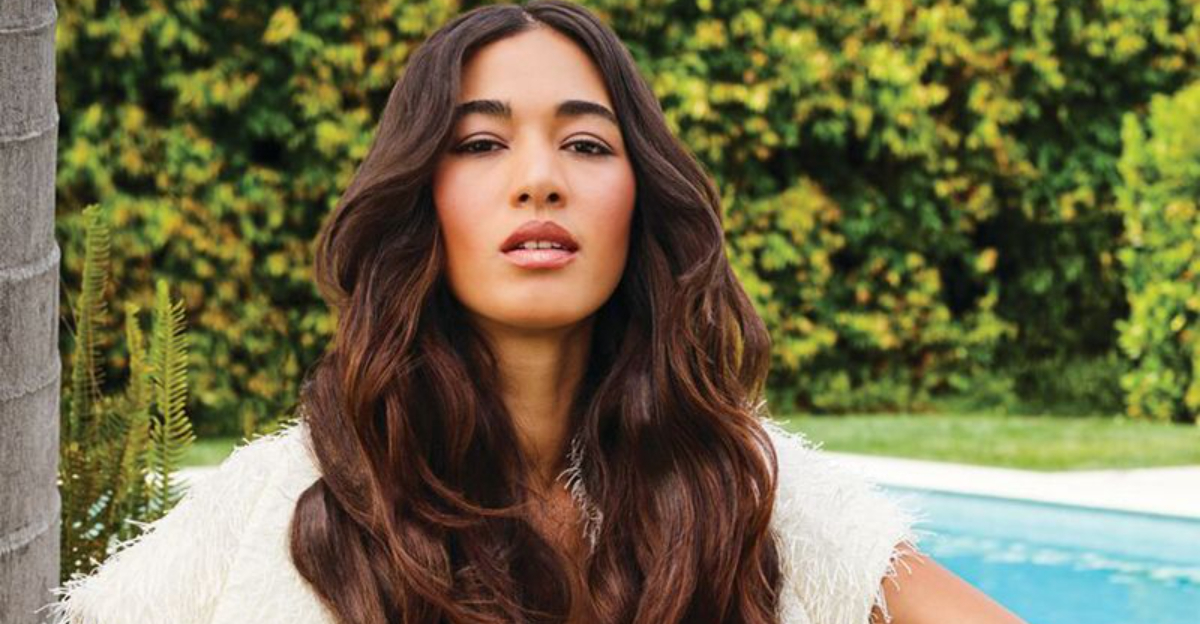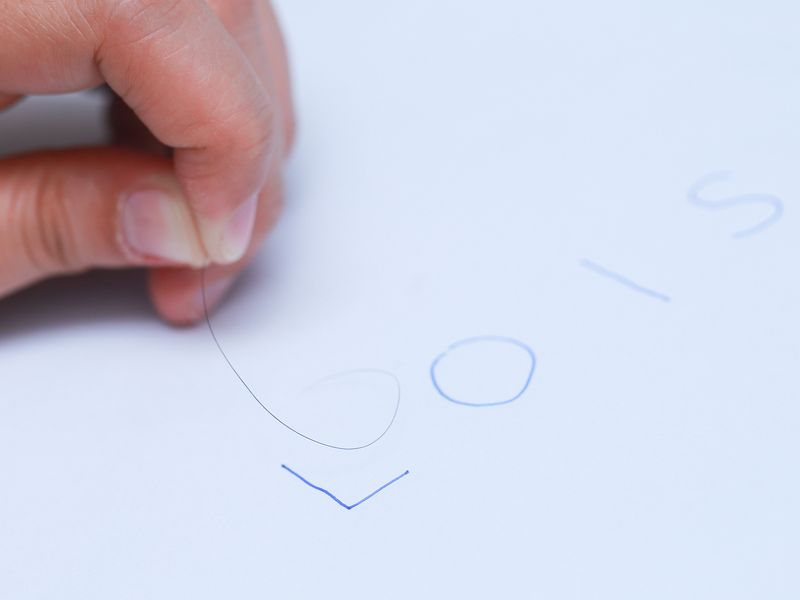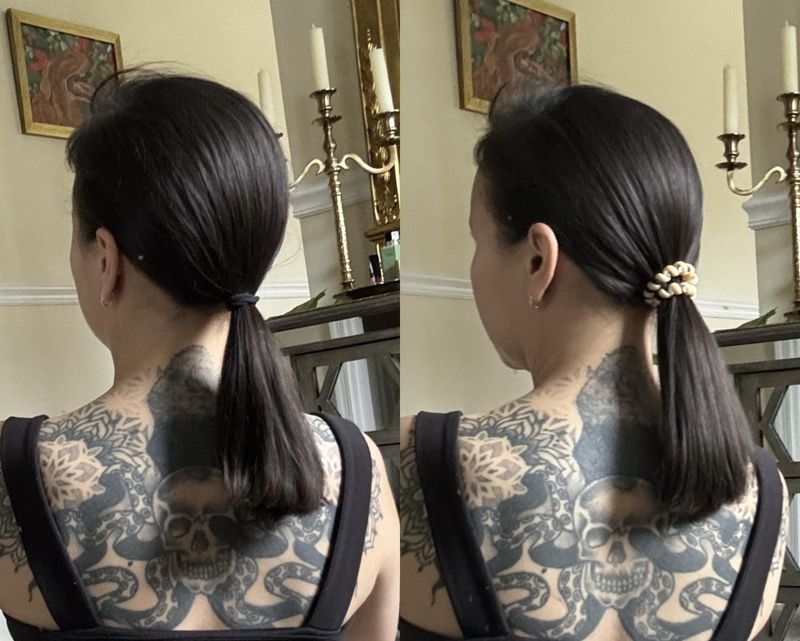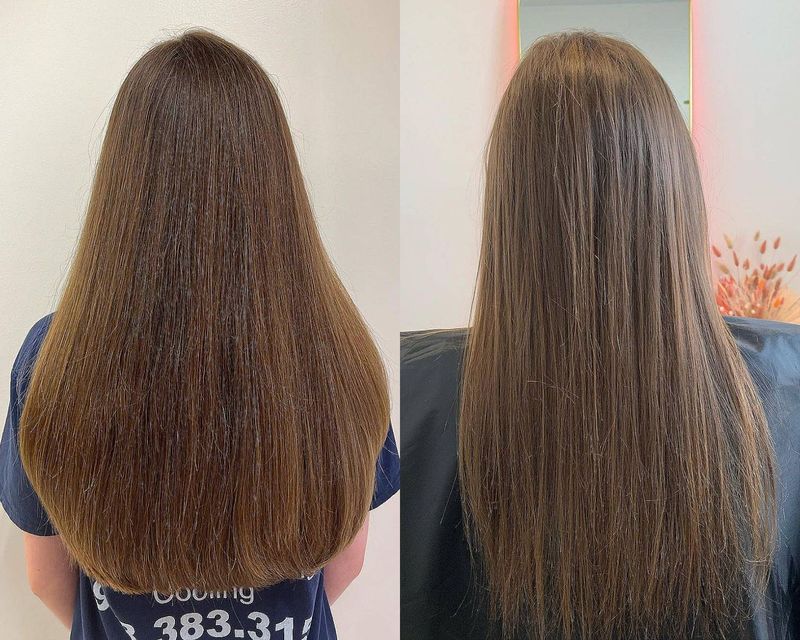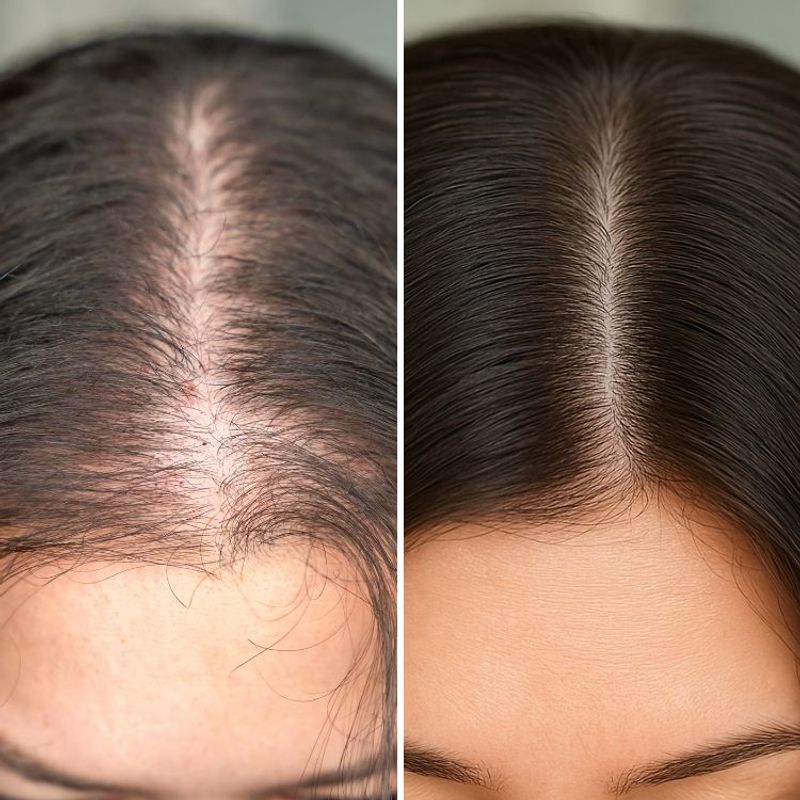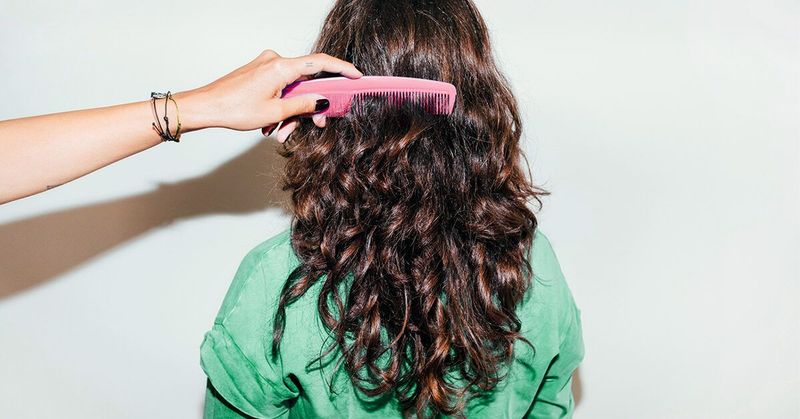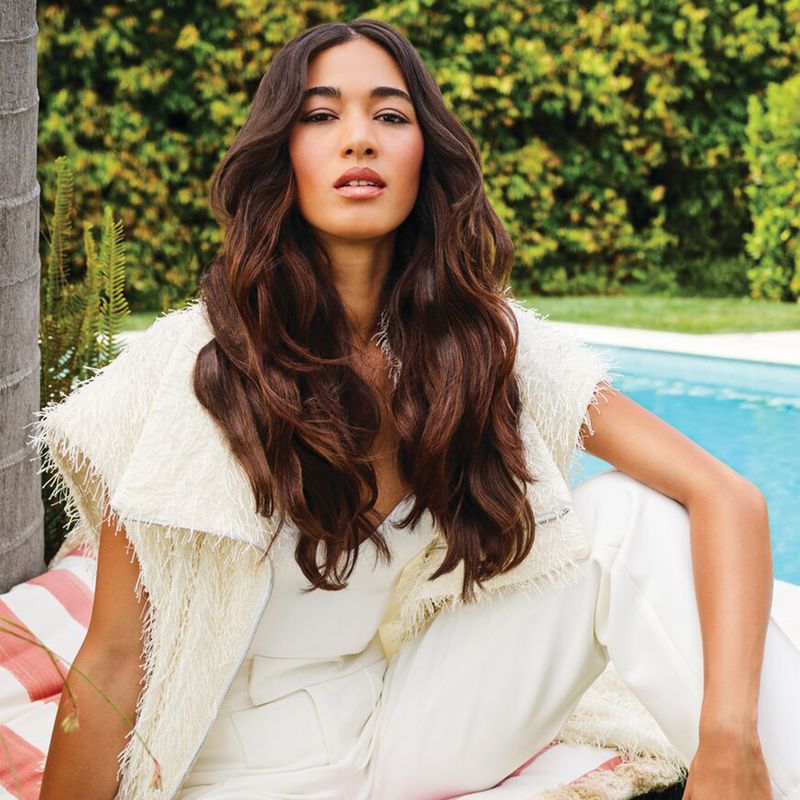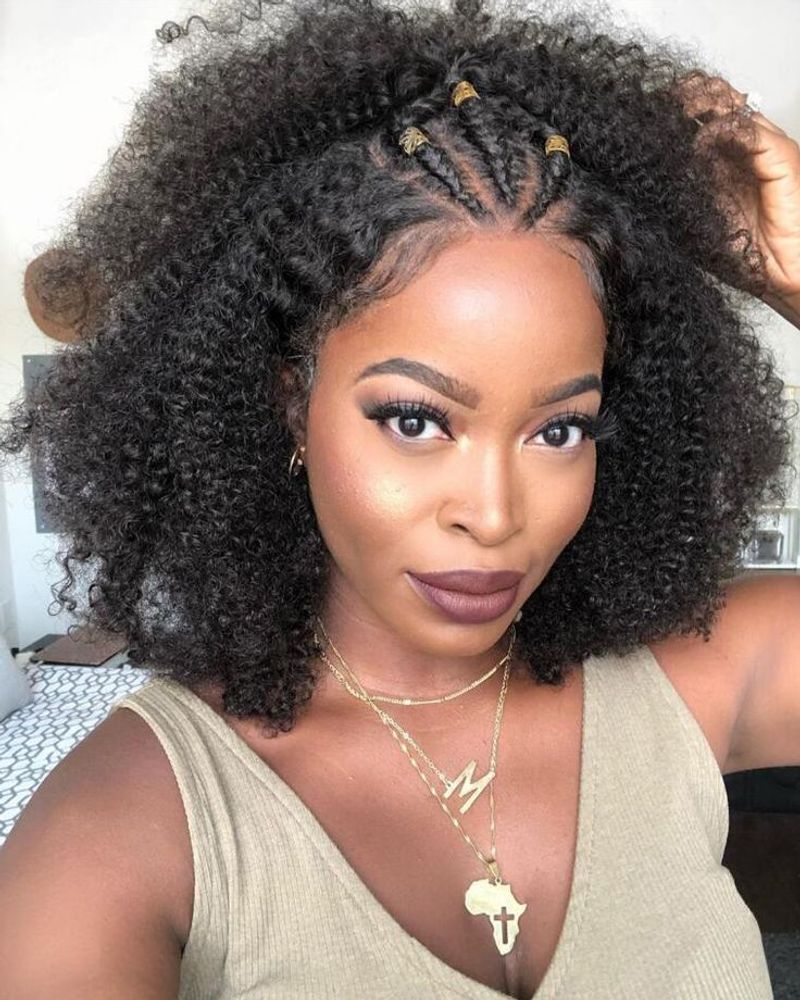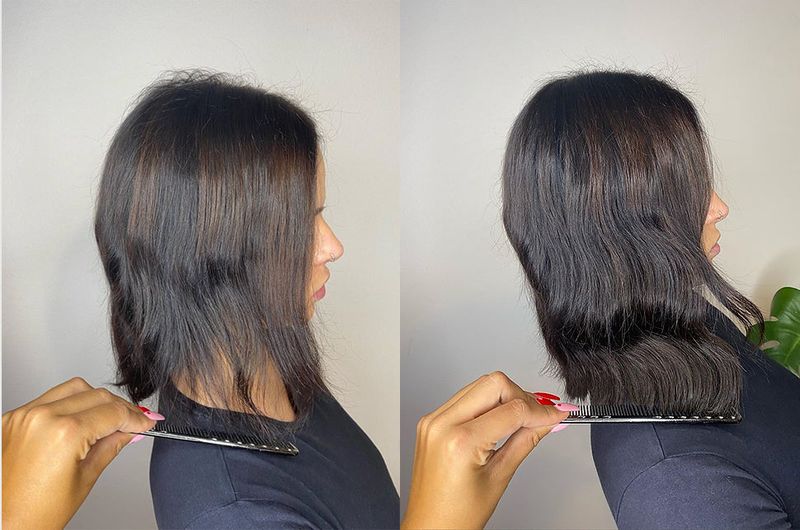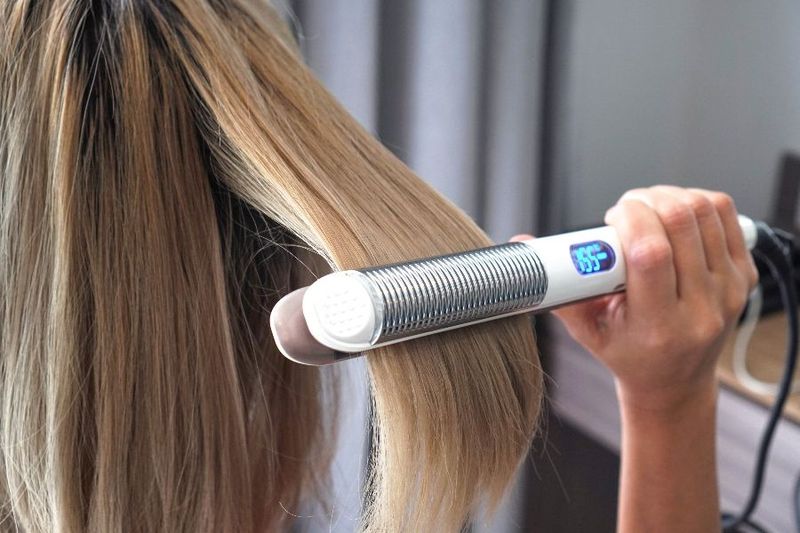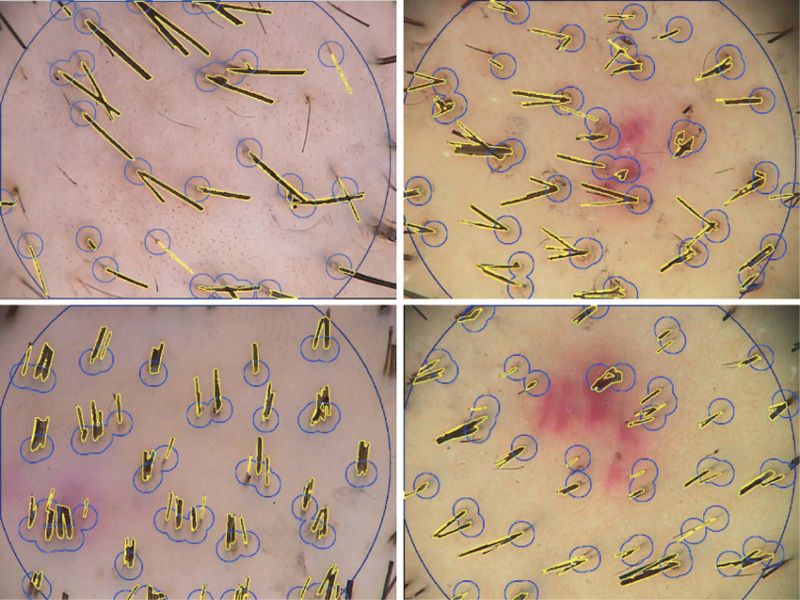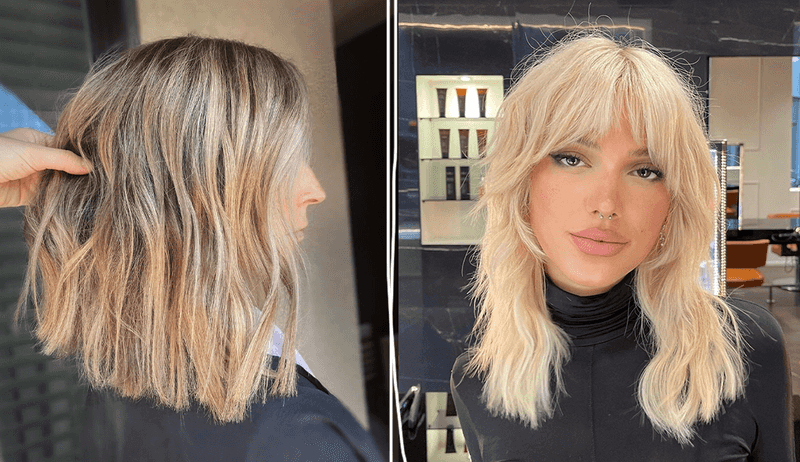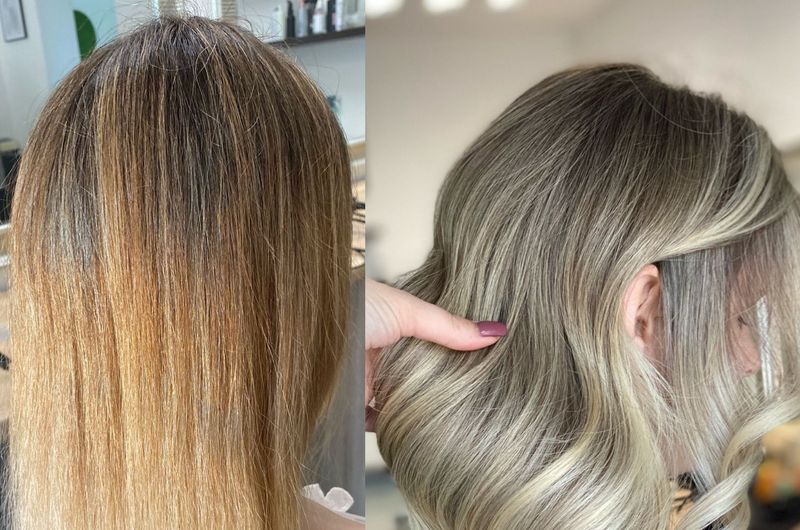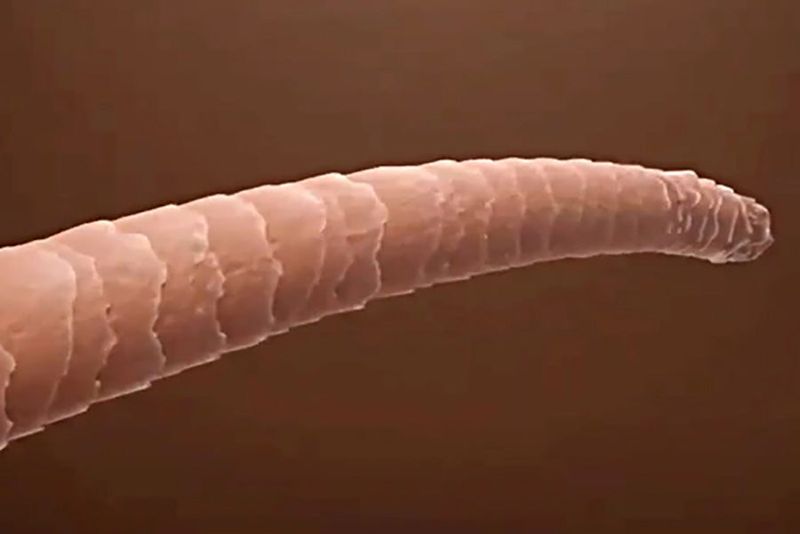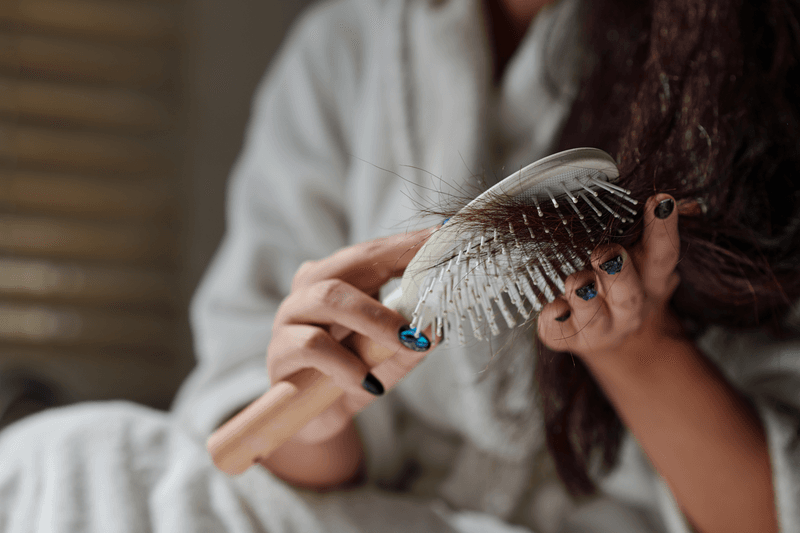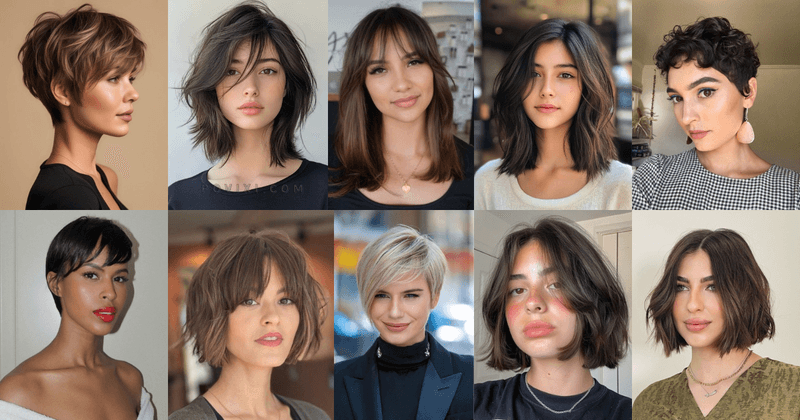Ever wondered if you have thin or thick hair? Understanding your hair type helps you choose the right products and styling techniques.
The difference between thin and thick hair affects everything from how you wash it to which haircuts look best on you.
1. Strand Test Between Fingers
Roll a single strand between your fingers. Thin hair feels almost invisible, while thick hair creates a noticeable sensation. This simple test takes seconds but reveals volumes about your hair structure.
Related: -7 Straight-Hair Problems No One Talks About And 8 Easy Fixes That Shine
2. Ponytail Circumference Check
Grab your ponytail and measure its circumference. Thin-haired folks often have ponytails smaller than a quarter in diameter. Those blessed with thick locks boast ponytails as wide as a half-dollar or more.
3. Drying Time Differences
Got thick hair? Prepare for marathon drying sessions that can exceed 30 minutes. Meanwhile, thin-haired individuals enjoy the luxury of hair that’s completely dry in just 5-10 minutes after washing.
4. Visible Scalp Inspection
Look at your scalp in bright lighting. Those with thin hair often notice their scalp showing through, especially at the crown or part line. Thick-haired people rarely see their scalp unless they deliberately separate sections.
5. Hair Elasticity Variance
Stretch a wet strand gently. Thick hair typically stretches 30-50% of its length before returning to normal. Thin hair has less elasticity and might break rather than stretch when pulled.
6. Product Absorption Rate
Thin hair soaks up products like a sponge, often becoming greasy quickly. Thick hair absorbs products more slowly, sometimes requiring extra product to achieve the same effect. This difference affects how much styling product you should use.
7. Volume Without Styling
Thick-haired people enjoy natural volume that thin-haired folks dream about. Without any styling, thick hair maintains shape and body. Thin hair tends to lie flat against the scalp when left to its own devices.
8. Weight and Movement Contrast
Thick hair has noticeable weight that restricts movement, sometimes feeling heavy on the head. Thin hair moves freely with the slightest breeze, creating a lightweight, sometimes flyaway effect that’s both blessing and curse.
9. Styling Tool Temperature Needs
Heat styling reveals major differences! Thin hair requires lower temperatures (below 300°F) to prevent damage. Thick hair often needs higher heat settings (up to 450°F) for effective styling, as lower temps barely make an impact.
10. Hair Count Per Square Inch
Average scalps have about 2,200 hairs per square inch. Those with thin hair might have fewer follicles, while thick-haired people can have significantly more. This follicle density contributes greatly to perceived thickness.
11. Haircut Maintenance Schedule
Thin hair shows growth and shape changes quickly, often requiring cuts every 4-6 weeks to maintain style. Thick hair grows out more gracefully, allowing 8-12 weeks between salon visits without losing the cut’s integrity.
12. Color Treatment Penetration
Hair dye works differently depending on thickness! Thin hair absorbs color quickly, sometimes in just 15-20 minutes. Thick hair may need 30-45 minutes for the same color result, requiring more product and processing time.
13. Individual Strand Diameter
The actual diameter of each hair strand tells the true story. Thin hair measures less than 50 microns across. Thick hair strands exceed 70 microns in diameter. This microscopic difference creates major visible results!
14. Breakage Vulnerability Differences
Thin hair breaks more easily during brushing or styling due to less structural integrity. Thick hair withstands more tension and manipulation before snapping. This difference means thin-haired folks need gentler handling techniques.
15. Ideal Haircut Recommendations
Thin hair looks best with blunt cuts, one-length bobs, and minimal layers that create an illusion of thickness. Thick hair benefits from layers, undercuts, and texturizing to remove bulk and create movement without overwhelming the face.

